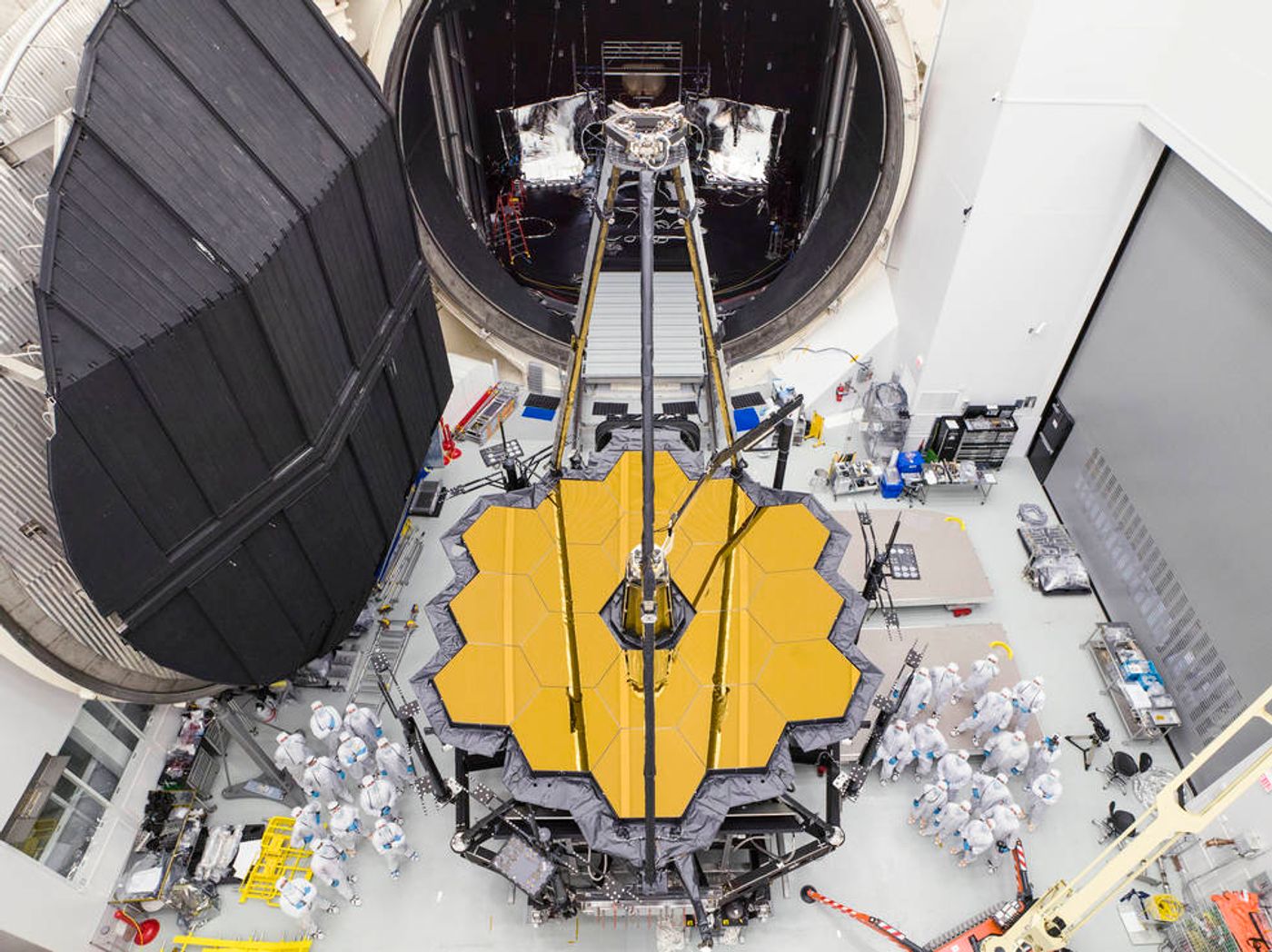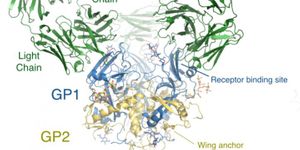NASA Reflects on the James Webb Space Telescope's Progress
The Hubble Space Telescope has served as NASA’s primary space observatory for several years, but the James Webb Space Telescope (JWST) will soon supersede it.
Image Credit: NASA/Chris Gunn
The heart of NASA’s JWST spent most of 2017 in Texas for cryogenic and mirror alignment tests inside of NASA’s historic Chamber A facility, but now it’s being prepped for a journey to Northrop Grumman Aerospace Systems in Redondo Beach, California.
To reflect on all JWST-based achievements in 2017, NASA published a new time-lapse video on its YouTube channel that showcases the entire Chamber A experience from beginning to end:
As the video depicts, it was a challenge getting the JWST’s heart in and out of Chamber A’s massive 40-foot circular door. Once in, however, NASA removed all air from the chamber and began cooling it down to mimic the frigid environment of outer space for testing.
Several weeks later, after NASA has conducted all necessary tests, NASA warmed the chamber back to room temperature and replaced the air that they removed previously. The JWST had passed all its tests with flying colors, and NASA didn’t waste any time pulling it back out of the chamber afterward.
Related: A closer look at James Webb Space Telescope's completed primary mirror
Once the heart of the JWST arrives at its destination in California, engineers will integrate it with the massive tinfoil-like Sunshield and spacecraft bus. This project will complete the JWST’s build and make it look more like an actual spacecraft, and soon after, it’ll undergo a few more tests.
Once everything’s said and done, NASA expects to launch the completed JWST into space sometime in 2019. Once there, it can begin exploring the cosmos in a new light, peering deeper into space than any space telescope before it.
With a little luck, JWST will answer several unanswered questions about our universe that Hubble just couldn’t.
Source: NASA









